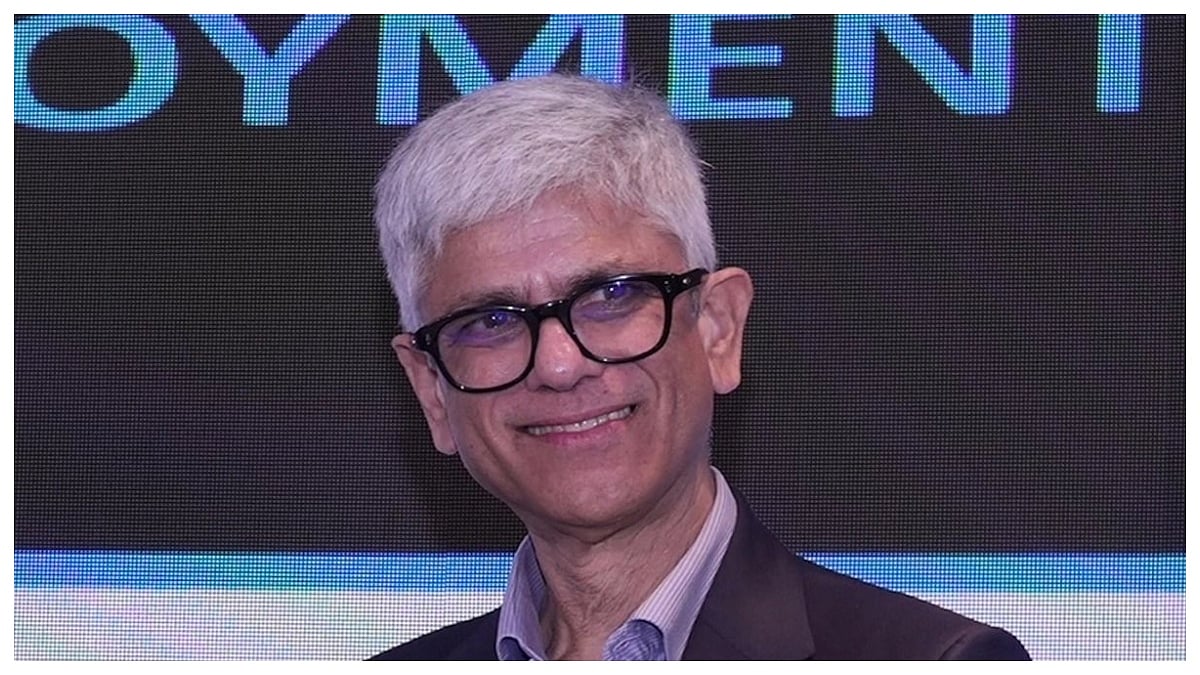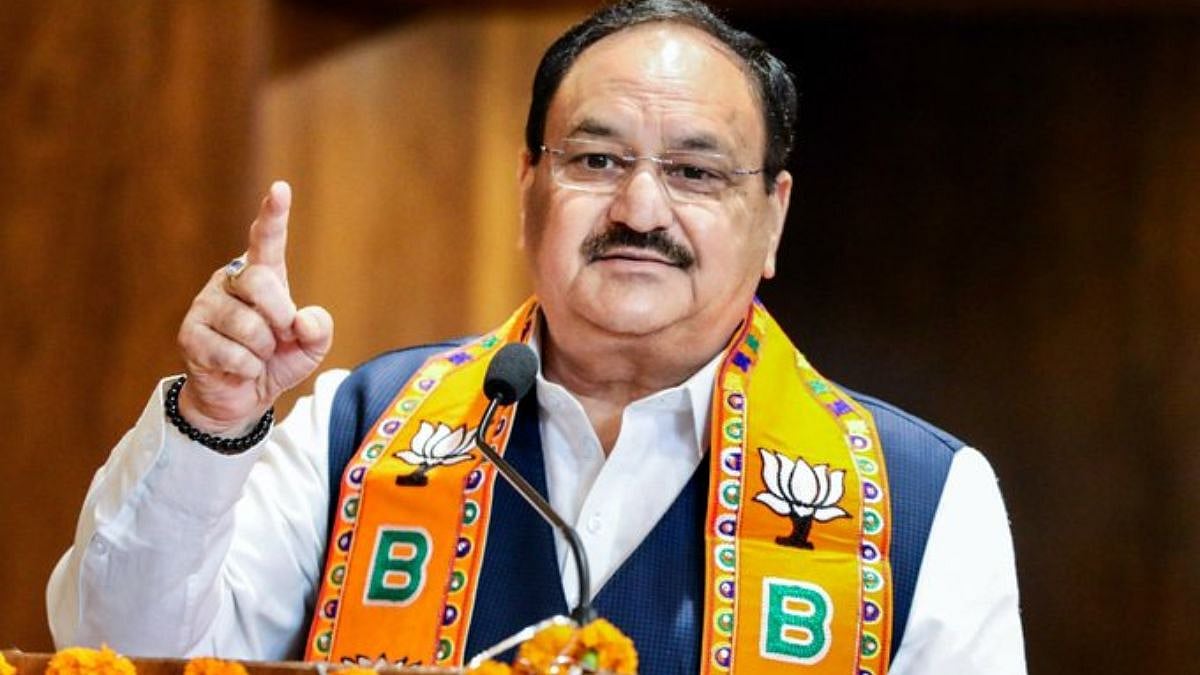India has turned 75. Eulogies are being sung. A campaign to have the country’s tricolour flag flying atop every house is underway. There is no shortage of sloganeering.
However, do note that even 75 years after independence, India has not yet learnt how to treat its human resources with care, dignity, and planning.
World Bank numbers show that. India’s unemployment levels stand at an extremely high 28% compared to lower levels for all its neighbouring countries. And India’s unemployment numbers have got worse with each passing year.
Something is amiss.

Worrying numbers
In fact, ever since 1991 -- except for just one year – 2019 – Indian has seen unemployment numbers rise, both in percentage and actual terms. Governments have used government jobs as a sop to convince people that it is indeed doing something for the youth without jobs.
But the malaise runs deeper. Thus, youth unemployment which stood at 15.5% of the working population in 1991 has climbed year after year, till it has reached 28.3% last year.
Unemployability
One of the primary causes for this elevated level of unemployment is unemployability. For decades, educationists have been telling successive governments that educational standards have been falling in schools.
Education is on the concurrent list of the Constitution. Primary education remains the Central government’s responsibility. If it wants to, it can use financial allocations to rein in management of school education by state governments.
India desperately requires a system where outcomes for every student, and teacher, even schools, needs to be measured each year. Thus, if the average marks secured by students in a particular class were 50% at the time of admission, passing out tests, administered by independent authorities, must show the students getting more than 50 % marks.
If they get less, it means that the teachers have not taught properly, or that the school has not provided the right facilities and incentives for teaching. If this decline happens for two years consecutively, fund allocations to the school should be curtailed.
If this happens for the third year in succession, the school along with all its assets and trust funds should be transferred to the school management with the best outcomes for three consecutive years. That would make school managements focus more on the quality of teaching and ensure that students learn in schools.
Not surprisingly, almost every Pratham (the largest NGOs in India, focussed on education) report on student performance in its ASER reports points out how, in 2018, only 44.2% of the children in Std V could read the books meant for Std II. The score had declined from 53.1% in 2008.
Myopic NEP
Look at the way the NEP excluded the teaching of Mandarin in Indian schools. This defies logic. This defies logic. Even if China is an enemy, it is good for Indians to learn Mandarin. To understand an enemy better. To understand Asian history. To explore business opportunities in a territory where China accounts for the world’s largest population. It is only now that this flaw is sought to be corrected by the Indian army which wants Chinese language courses.
Moreover, poor school education has contributed to making students unemployable.
Nothing shows this up as well as the data presented by the government in the Lok Sabha. It shows how getting a job is quite easy for students without school education. Unemployment for such people is barely 2.3%. It increases to 3.3% for students who have done primary schooling and further to 3.7% for those who have done their middle schooling or higher secondary. But it jumps to 23.8% for graduates and above.
Most graduates do not have the skills that graduates worldwide have. Thus, they remain unemployable.
That is why schemes like Agnipath are dangerous. They will only end up weaponising the unemployables. India needs to re-think such policies.
Solutions exist, but . . .
The government could have solved this problem by easing labour laws. But more important, it could have galvanised employment by promoting schemes like rooftop solar and leisure boating. Both could have created jobs and wealth.
One final indicator. India loves to tell its people that it will become the biggest and the best in the world. But this is not reflected in one of the most crucial indicators for growth and welfare – the Human Capital Index compiled by the World Bank.
Even among its neighbours, Sri Lanka and Nepal have a better HCI score than India. And it is way down the ladder when compared with the best in the world.
These are issues that every India must ponder over. Completing 75 years without adequate employment or good HCI scores is something to be very anxious about.
The author is consulting editor with FPJ









.jpg)
